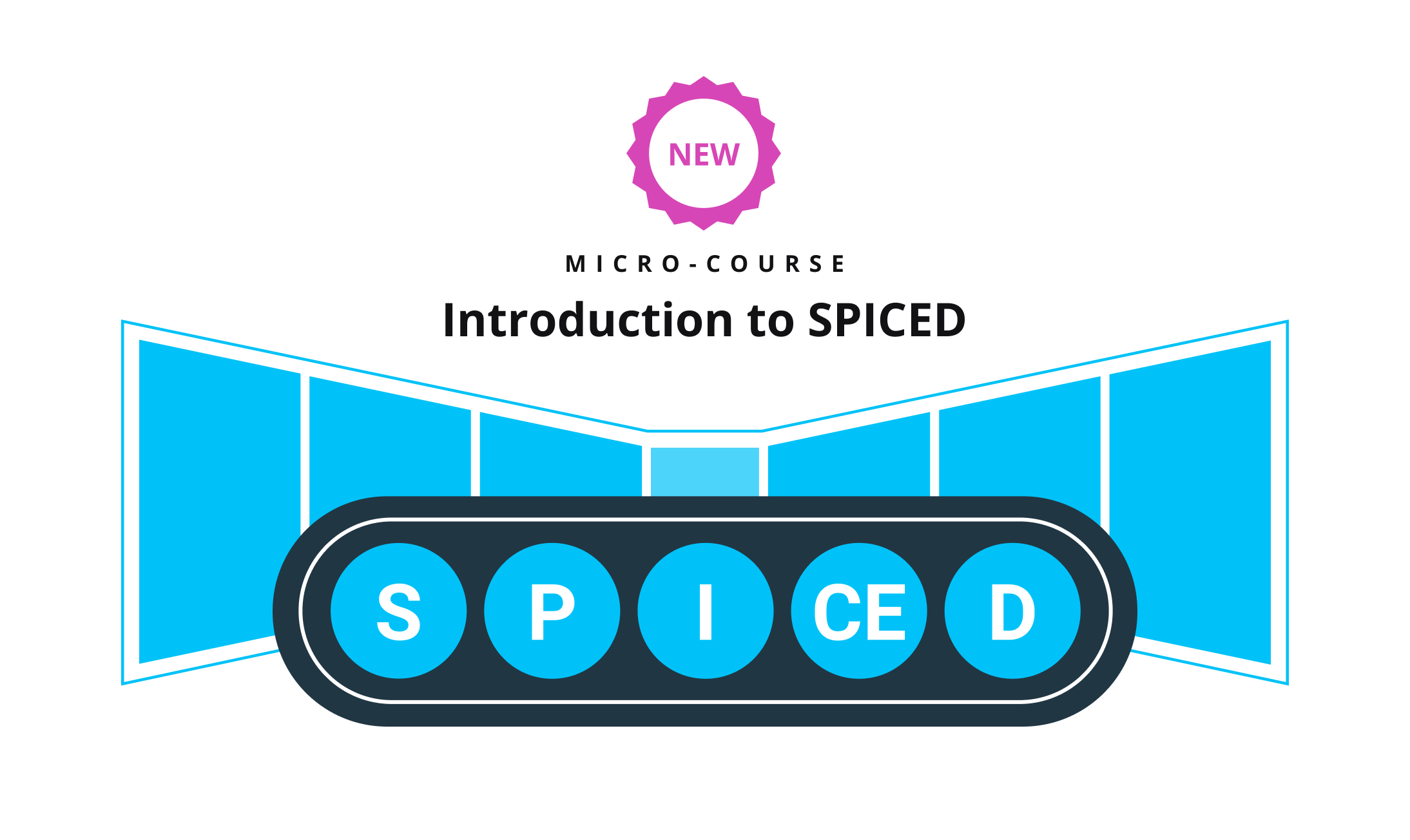Situation
TakeBlip was on the cusp of transformation. They were at a critical point in the organization’s life where they needed to shift gears from an amateur sales team to a professional one.
Pain
Take Blip’s small team meant there was very little formal structure and coworkers were often stretched thin. This left the team less effective than they could be. When Take Blip started growing their team, they began investing more in sales, which highlighted the lack of structure in the organization and further exacerbated their existing pain points. They knew they needed training to fill in the gaps and a methodology that would help provide the professional process and structure that they were seeking.
Impact
Winning by Design’s Bowtie Data Model became a cornerstone for Take Blip. They used this to standardize their internal language for the organization across every department, including Sales, Marketing, Partnerships, Product Development, and Customer Success. By using the Bowtie, every department was now measuring the same metrics against the same model, where they could truly measure their efforts over time, track improvements, and identify areas that still needed more resources.
Since Take Blip’s first training engagement with Winning by Design, Take Blip’s opportunities have spiked 247%, their wins have shot up 298%, and their bookings have increased 300%.

Situation
Citadel is a messaging app for CAC 40 companies (the 40 largest equities listed on the Euronext Paris). It is a startup company of ~100 employees within the larger Thales Group.
Pain
The company was going through an intense period of planning and restructuring of their GTM engine.
Laurent Duquesne, Citadel CEO, knew that they needed a scientific sales process to accelerate their growth.
Impact
By undergoing a GTM Diagnostic, Laurent was able to identify the key growth levers that would help them to be successful. From there, they created a custom Sales Playbook to establish and clarify the roles, process and account-based cadences for efficient outreach to target accounts. Training & High Impact Coaching helped cement SPICED as the consistent methodology across Marketing, Sales, and Customer Success.
Situation
Logi had a hungry sales team with many reps who were early in their careers. Leading up to the release of the new version of their product, they wanted to optimize the field and get ready for a big growth push, while also focusing on expansion within their existing customer base.
Pain
A GTM Diagnostic uncovered some process gaps and skill deficiencies with the team. They began to redesign their sales process and launch the concept of ‘growth pods’ focused on expansion revenue. New process playbooks were designed to give turn-by-turn directions to all of their customer-facing roles (MDR, SDR, ADR, AE, SAM, and CSM).
Impact
With a newly defined sales process and growth pods in place to focus on existing accounts, the sales and CS teams were now able to all work according to the same operating system and language. Training and High Impact Coaching armed the team with clear guidance and elevated skills and techniques to be well positioned for their new product release.
Logi Analytics was ultimately acquired after more than doubling their close rate from 11% to 25% in 4 quarters.
Situation
OwnBackup was going through extreme transformation across the organization. They had a rapidly growing sales team – from 125 to 200 by EOY – and a new CRO. The org was in the process of shifting from a single product-focused sales motion to a more strategic platform sale. They were also experiencing rapid revenue growth, with strong tailwinds from the growth of their Salesforce ecosystem and recent transition to the cloud and remote work.
Pain
While such growth was positive, it also caused lots of pain. They realized that their current infrastructure would not properly equip the team to meet their aggressive growth goals and scale. On the Sales side, they were converting opportunities at a high rate, but their infrastructure was not built to sustain this at higher growth rates. Processes suited to fit a smaller company, inadequate data to aid decisions, and growing complexity were preventing them from being able to scale properly. In addition, a lack of bandwidth to implement prevented them from using a consistent methodology, deploying modern training, or implementing the proper workflows into their tech stack across all Revenue teams.
Impact
OwnBackup exceeded their 2021 revenue goal as a company by August 2021 and the majority of their reps hit their numbers in July and August. OwnBackup also raised an additional $450M in funding, saw their average sales cycle lengths decrease, average revenue per deal increase, and overall company churn reduce.
They did this through uncovering issues via a GTM Diagnostic performed by WbD. Shortly after, OwnBackup began the process of co-creating content for their team with WbD. They created SDR and CS playbooks, sales-ready messaging, and personas to enable the entire Revenue team. They also implemented the customer-centric SPICED operating model so that their customers would have a consistent experience throughout their entire customer journey. This operating model unified the organization with a consistent process and language, and equipped each of the teams with tools to assist customers along their buying journeys.
The leadership at OwnBackup then fortified their investment by empowering their front line managers to learn how to become coaches for their teams, and by implementing the SPICED methodology in core systems. The SPICED framework has become so popular with the team that it became a crucial part of OwnBackup’s culture.
Situation
BombBomb creates video messaging software for sales teams, helping their clients build relationships with their customers and prospects via email, text, and social media.
Pain
With roots in the real estate industry, BombBomb was moving into the SaaS space and experiencing a few challenges with the transition, such as limited skills across the team in outbound prospecting and enterprise deals, higher complexity involved in selling a high velocity SMB product across new segments, high churn of client logos, and no clear process to drive account upsell and expansion.
Impact
After standardizing the language and GTM process across Marketing, Sales, and Customer Success, they were able to decrease their sales cycle and implement a consistent operating system across all business units.
They also defined an onboarding playbook for their team, integrated into Salesforce, which drove triple the usage rates from some of their most valuable customers.


